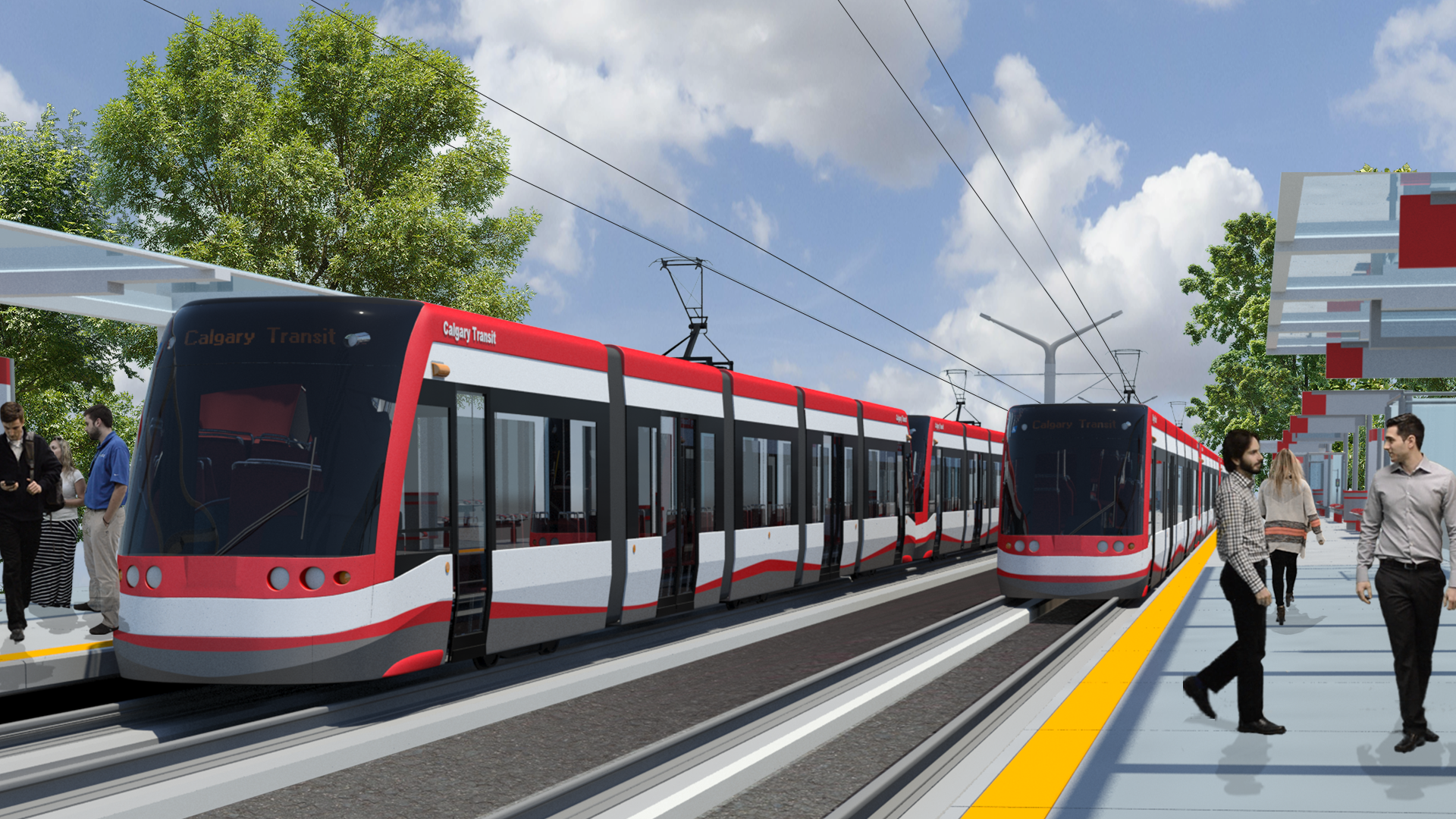Calgary Green Line moves forward under new agreement
Calgary and Alberta have committed to advance Phase 1 of the Green Line LRT project, extending the line from 4th Street S.E. to Shepard.

Key Takeaways:
- The City of Calgary and Alberta’s government have agreed to advance Phase 1 of the Green Line LRT project from 4th Street S.E. to Shepard, preserving over 700 jobs and maintaining shared investments.
- Alberta reaffirmed its $1.53 billion funding commitment to support ongoing work, while AECOM develops a revised downtown alignment to improve transit connectivity.
- The Calgary Construction Association praised the decision, emphasizing the project’s significance for job creation, economic growth, and future phases of Calgary’s transit infrastructure.
The Whole Story:
The City of Calgary and Alberta’s Government have reached an agreement to move ahead with Phase 1 of the Green Line LRT project, extending the line from 4th Street S.E. to Shepard.
“Over the past few weeks, the City of Calgary and Alberta’s Government have engaged in productive discussions to deliver a Green Line that meets the needs of Calgary’s commuters and preserves value from the previous Phase 1 of the project,” said the province and the city in a joint statement.
Officials stated that this decision will preserve over 700 jobs and maintain shared investments in the city’s transit infrastructure.
Alberta’s government reaffirmed its $1.53 billion funding commitment, while AECOM, in collaboration with the City, works on a revised downtown alignment to improve connectivity with Calgary’s Red and Blue lines, southeast communities, and the new Event Centre. This alignment will be either at-grade or elevated and will connect into the Red and Blue Lines, the new Event Centre, and to southeast Calgary communities.
The Calgary Construction Association (CCA) welcomed the decision, emphasizing the project’s role in job creation, economic growth, and improved transit connectivity. CCA President Bill Black called the Green Line “essential” for both commuters and Calgary’s construction industry.
“We are proud to see the City of Calgary and the Province of Alberta working together to ensure this project stays on track. Every step forward is a win for both Calgary’s commuters and the construction industry,” said Black.
The CCA stated it is also optimistic about the continued collaboration between the City and Province on refining the downtown alignment, which will improve connectivity to key destinations, including the new Event Centre and southeast Calgary communities. The CCA noted that project remains a cornerstone for future economic development and a vital piece of Calgary’s transportation infrastructure.
The group added that with over 200 people moving to Calgary every day, efficient transit infrastructure like the Green Line LRT is more important than ever to serve the city’s growing population. As the city expands, the CCA reaffirmed the need for ongoing dialogue to ensure that North-Central Calgary is also served with adequate transit connectivity in future phases of the Green Line project. The group stressed that A fully connected LRT system is essential for maintaining Calgary’s long-term mobility and economic vitality.
Initially proposed as the city’s largest infrastructure project, the Green Line was meant to be a significant expansion of Calgary’s public transit system. However, it has faced numerous challenges, especially regarding its financing. The project’s costs have escalated over time, with the most recent estimate reaching $6.25 billion for the first phase.
In September 2024, the situation reached a critical point when Alberta decided to withdraw its $1.53 billion funding commitment. This decision was based on concerns about the project’s rising costs and reduced scope, with Transportation Minister Devin Dreeshen calling it a “multibillion-dollar boondoggle”.
The funding withdrawal left the City of Calgary unable to afford the project, forcing the city council to vote for winding down the Green Line. The wind-down costs were estimated to be at least $2.1 billion, including $1.3 billion already spent and an additional $850 million needed to wrap up the project.
